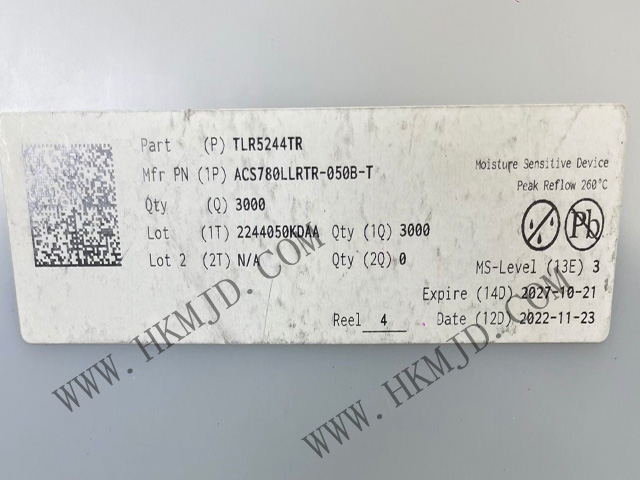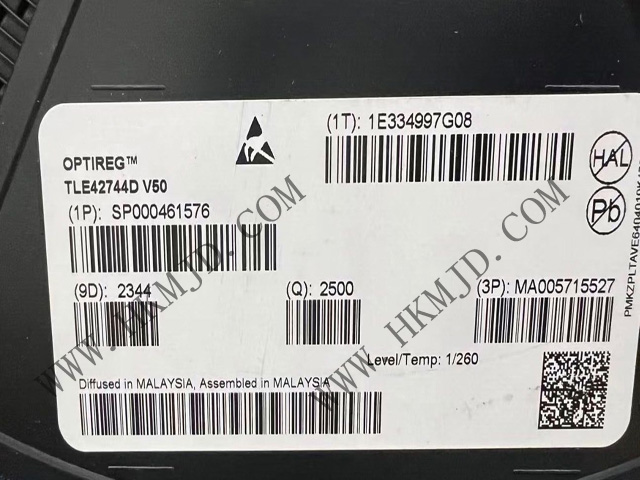Welcome Here Shenzhen Mingjiada Electronics Co., Ltd.

sales@hkmjd.com

sales@hkmjd.com

Service Telephone:86-755-83294757
 Latest Information
Latest InformationWith the rapid growth of the AI toy market, voice interaction has become one of the core functions of smart toys. Audio codecs, as key components for achieving high-quality voice interaction, directly impact the response speed, audio quality, and powe…
With the rapid growth of the AI toy market, voice interaction has become one of the core functions of smart toys. Audio codecs, as key components for achieving high-quality voice interaction, directly impact the response speed, audio quality, and power consumption control of AI toys.
An audio codec is a hardware device or software algorithm used for compressing, decompressing, and converting audio signals. Its core function is to reduce the storage space and transmission bandwidth requirements of audio data while maintaining audio quality.
Typically, audio codecs have both hardware and software components. The hardware includes independent electronic components such as ADCs and DACs, which enable the conversion between analogue audio and digital signals. Microphone recording and speaker playback in some toys rely on this module.
On the software side, compression algorithms such as MP3 or AAC are required to encode and decode digital audio. For example, MP3 reduces file size by discarding frequency bands that are less sensitive to human hearing.
Like ordinary toy chips, audio codecs must also meet special requirements such as low power consumption, low cost, and high integration. Since toys are typically battery-powered, the standby current must be ≤5μA, and the operating current ≤10mA. Additionally, the chip's unit price should ideally be controlled between 0.1–1.5 yuan.
Currently, there are many mainstream toy audio codec solutions available in the market. For example, Everest Semiconductor's ES8311 low-power audio codec is a high-performance chip specifically designed for low-power mono audio codecs, suitable for applications such as toys that require low power consumption and high audio quality.
The ADC uses 24-bit sampling, 8–96 kHz frequency, 100 dB signal-to-noise ratio, supports analogue/digital microphones, ALC automatic level control, operating voltage 1.8 V–3.3 V, playback/recording power consumption 14 mW, standby current <0.1 μA, and QFN-20 packaging.
ADI's SSM2603 is a low-power, high-quality stereo audio codec designed for portable digital audio applications such as educational toys. It supports multiple audio sampling rates and multiple power supply voltages.
The chip features 2 ADCs + 2 DACs, a signal-to-noise ratio of 92dB, an operating voltage of 1.8V to 3.6V, and a 28-LFCSP-WF package. Stereo playback power consumption can reach 7mW.
There are also several domestic solutions available, such as the SC2601 from Guoxin Sicheng, which is a low-power mono audio codec with fully differential output. It supports programmable analogue input in a fully differential configuration, and the recording path includes a fully differential input, a low-noise programmable gain amplifier, and automatic gain control (ALC) to ensure clear sound recording.
During recording, built-in programmable filters are used to eliminate noise. The playback path includes a mono DAC, programmable volume control, and fully differential output. It is pin-to-pin compatible with the ES8311, with a signal-to-noise ratio of 95dB and standby current <0.1μA.
Guangzhou JiuXin's NVF00M is a low-power recording/playback chip specifically designed for smart interactive toys, featuring low cost, high integration, and strong scalability. The CPU architecture uses a 32-bit core with a maximum clock speed of 120MHz, supporting real-time audio encoding and decoding processing.
External SPI-FLASH expansion storage supports up to 2000 seconds of recording (approximately 33 minutes) or hundreds of seconds of music playback. It natively supports the WAV format with a sampling rate of 6kHz to 32kHz. The standby current is <2μA, the operating voltage range is 2.0V to 5.5V, and it uses an SSOP24 package.
Overall, audio codecs in toys must meet requirements such as low power consumption, small size, low cost, compatibility with interactive functions, and environmental robustness. The appropriate chip product should be selected based on the specific application of the toy.

Time:2025-09-05

Time:2025-09-05

Time:2025-09-05
![Supply [Microchip] Microcontroller MCU, Supply Microchip SAM C Series 32-Bit MCU](/upload/202509/05/202509051334159032.jpg)
Time:2025-09-05
Contact Number:86-755-83294757
Enterprise QQ:1668527835/ 2850151598/ 2850151584/ 2850151585
Business Hours:9:00-18:00
E-mail:sales@hkmjd.com
Company Address:Room1239, Guoli building, Zhenzhong Road, Futian District, Shenzhen, Guangdong
CopyRight ©2022 Copyright belongs to Mingjiada Yue ICP Bei No. 05062024-12

Official QR Code
Links: